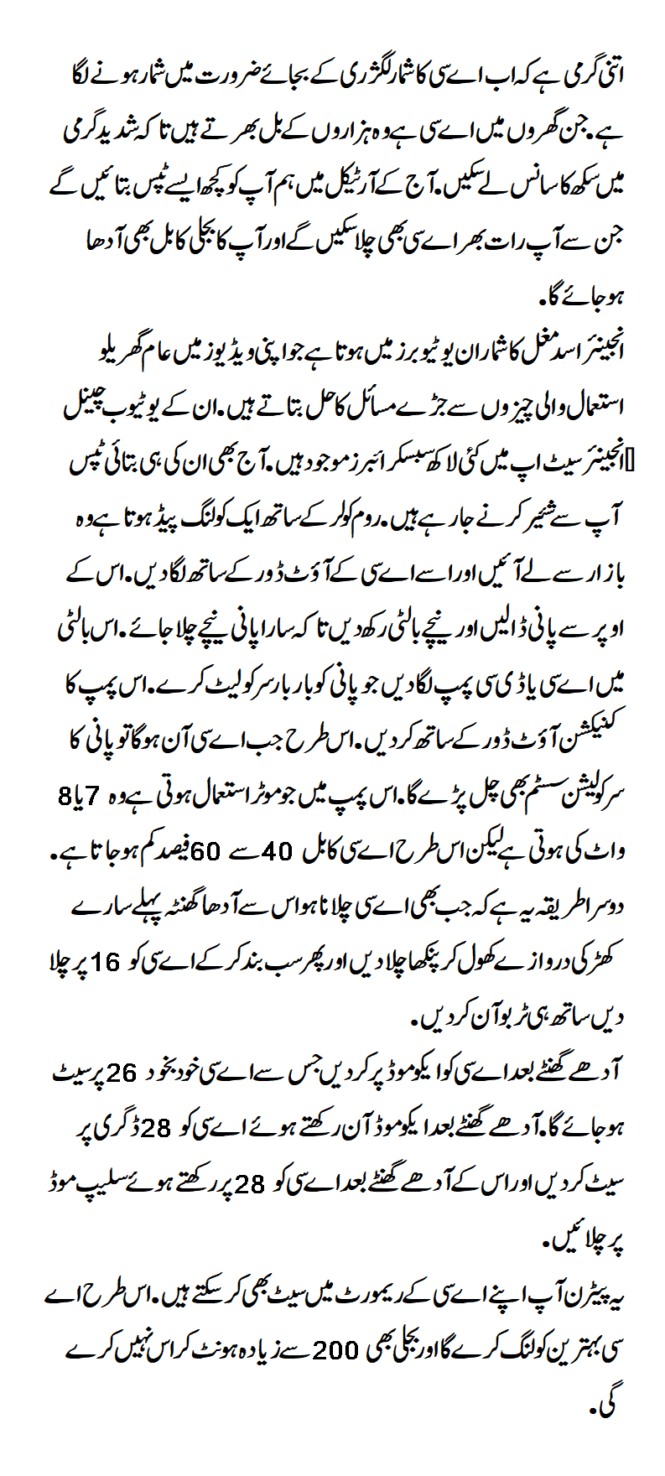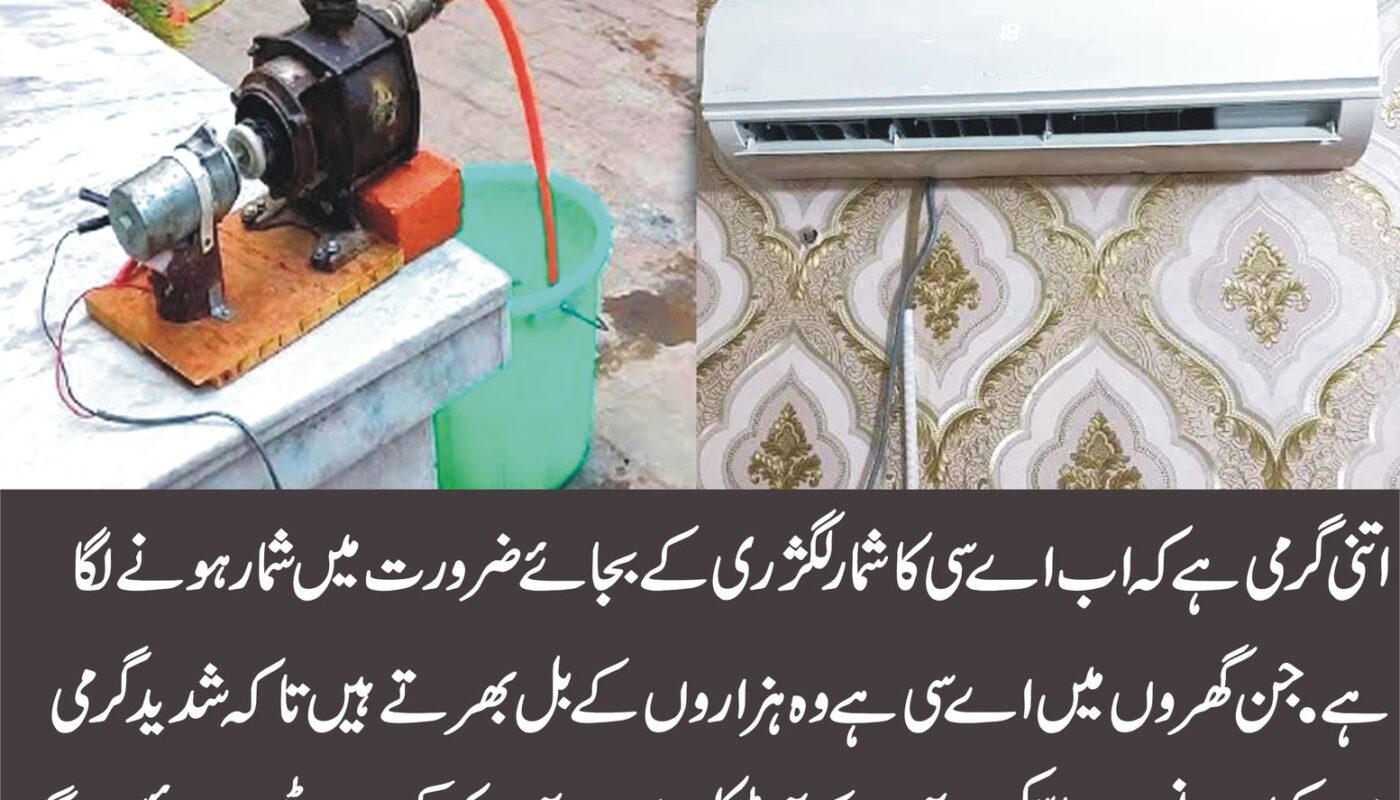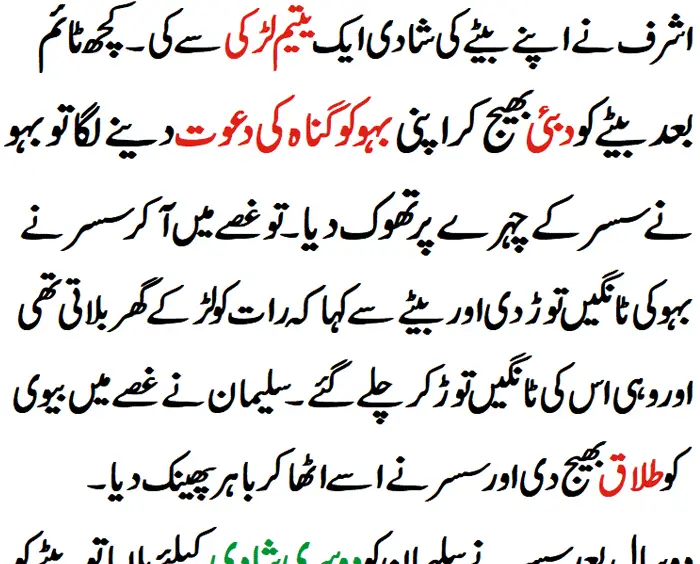Old or Inefficient AC Unit
Signs Your AC Unit Is Outdated
If your AC unit is more than 10-15 years old, it may be time for a replacement. Older units are less energy-efficient and can struggle to keep up with cooling demands.
Impact on Energy Consumption
Outdated units require more power to cool your home, leading to higher electric bills. They often lack the advanced technology of newer models that enhance energy efficiency.
Solutions and Upgrades
Consider upgrading to a newer, energy-efficient model. Look for units with a high Seasonal Energy Efficiency Ratio (SEER) rating to ensure better performance and lower energy use.
Poor Insulation in Your Home
How Insulation Affects Cooling

Insufficient insulation allows cool air to escape and hot air to enter, making your AC work harder to maintain a comfortable temperature.
Common Insulation Problems
Areas like attics, walls, and floors may have inadequate insulation. Drafts around windows and doors also indicate poor insulation.
Ways to Improve Insulation
Upgrade your home’s insulation, especially in the attic and walls. Seal gaps around windows and doors with weatherstripping or caulk to prevent air leaks.
Dirty or Clogged Filters
The Role of AC Filters
Filters trap dust, pollen, and other particles, ensuring clean air circulation. Clean filters are crucial for efficient AC performance.
How Dirty Filters Increase Energy Use
Clogged filters restrict airflow, causing your AC to work harder and consume more energy. This not only raises your electric bill but also shortens the lifespan of your unit.
Cleaning and Replacement Tips
Replace or clean your filters every 1-3 months, depending on usage and filter type. Regular maintenance keeps your AC running smoothly and efficiently.
Leaky Ductwork
Identifying Duct Leaks
Signs of leaky ductwork include uneven cooling, increased dust, and higher energy bills. Visual inspections and professional assessments can help detect leaks.
Effects on Energy Efficiency
Leaky ducts waste cool air, reducing efficiency and driving up energy costs. Sealing leaks can significantly improve your system’s performance.
How to Seal and Repair Ducts
Use mastic sealant or metal tape to seal leaks. Consider professional duct sealing for comprehensive repair and optimal results.
Incorrect Thermostat Settings
Optimal Thermostat Settings for Savings
Set your thermostat to 78°F when you’re home and higher when you’re away. Each degree of temperature change can save up to 10% on cooling costs.
Common Mistakes and Misconceptions
Avoid setting the thermostat too low, thinking it will cool faster. This only increases energy use without significant cooling benefits.
Smart Thermostats and Automation
Invest in a smart thermostat that adjusts settings based on your schedule and preferences. Automation can enhance comfort and savings.
Lack of Regular Maintenance
Importance of AC Maintenance
Regular maintenance keeps your AC unit running efficiently and extends its lifespan. Neglecting maintenance leads to higher energy use and potential breakdowns.
Maintenance Tasks to Perform
- Clean or replace filters
- Check refrigerant levels
- Inspect and clean coils
- Ensure proper airflow
Professional vs. DIY Maintenance
While some tasks can be done yourself, professional maintenance ensures thorough inspections and repairs, keeping your AC in top condition.
Obstructed Airflow
How Obstructions Affect Efficiency
Blocked vents and registers reduce airflow, making your AC work harder to cool your home.
Identifying and Removing Obstructions
Keep vents clear of furniture, drapes, and other obstructions. Regularly check and clean vents to maintain proper airflow.
Tips for Ensuring Proper Airflow
Arrange furniture to allow free airflow. Use ceiling fans to help circulate cool air and reduce the burden on your AC unit.
Using Appliances That Generate Heat
Appliances That Increase Cooling Load
Ovens, stoves, and even some electronics generate heat, increasing the cooling load on your AC.
Minimizing Heat Generation
Use heat-generating appliances during cooler times of the day. Opt for energy-efficient appliances that produce less heat.
Timing and Placement Strategies
Cook meals in the evening or early morning. Place electronics in well-ventilated areas to reduce heat buildup.
High Humidity Levels
Impact of Humidity on Cooling
High humidity makes your home feel warmer, causing your AC to run longer and use more energy.
Dehumidification Solutions
Use a dehumidifier to reduce indoor humidity levels. Ensure your AC system is properly sized to handle humidity.
AC Settings for Humid Climates
Set your AC to “auto” mode to maintain a consistent temperature and humidity level. Consider adding a whole-house dehumidifier for optimal comfort.
Poorly Placed Outdoor Unit
Ideal Placement for Outdoor Units
Place your outdoor unit in a shaded, well-ventilated area. Avoid placing it near obstructions that can block airflow.
How Placement Affects Performance
Proper placement enhances airflow and cooling efficiency, reducing energy consumption.
Relocation and Shading Tips
If possible, relocate your unit to a better location. Use shading structures like awnings or trees to protect the unit from direct sunlight.
Inadequate Ventilation
Role of Ventilation in Energy Efficiency
Proper ventilation removes hot air and brings in cool air, reducing the load on your AC.
Improving Home Ventilation
Use exhaust fans in kitchens and bathrooms. Open windows during cooler times to improve airflow.
Ventilation Systems and Upgrades
Consider installing a whole-house ventilation system to ensure consistent airflow and improved indoor air quality.
Unsealed Windows and Doors
How Seals Affect Cooling
Unsealed windows and doors let cool air escape and warm air enter, reducing cooling efficiency.
Identifying and Fixing Leaks
Inspect for drafts and gaps around windows and doors. Use weatherstripping and caulking to seal leaks effectively.
Weatherstripping and Caulking Tips
Apply weatherstripping to movable parts and caulk to stationary parts of windows and doors. Regularly check and maintain seals.
Running the AC Continuously
Impact of Constant Use
Running the AC nonstop increases wear and tear and leads to higher energy bills.
Energy-Saving Alternatives
Use programmable thermostats to control usage.






